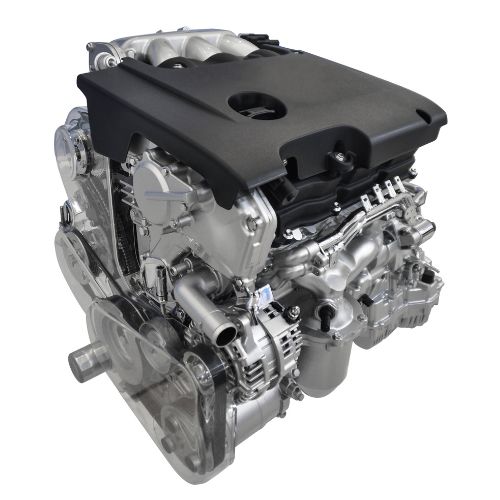LEXUS IS250/IS250C ENGINE PETROL, 3.5, 2GR, IS350, GSE21R, 10/10-06/13 10 11 12
Large Network Of Engine Suppliers
Compare Quotes
Save Money
Save Time
LEXUS IS250/IS250C ENGINE PETROL, 3.5, 2GR, IS350, GSE21R, 10/10-06/13 10 11 12 For Sale
It’s not hard to obtain an good second-hand Lexus engine for sale at Used Engine Finder. We allow you to contact a database of Lexus dismantlers and engine importers immediately, to get the very best bargain on the ideal replacement engine.
With Used Engine Finder, there’s no need to spend time looking around. Just let us know what you’re trying to find, and our suppliers get you various deals. It is certain you’re obtaining the best price since we work directly with them.
So don’t wait around any longer, find your ideal engine right now with Used Engine Finder.
- When looking for a better motor, save time and money through the use of Used Engine Finder.
- Get prices from numerous of our trusted engine suppliers.
- The best prices may be acquired by working directly with engine sellers.
- Locate engines for all makes and models of vehicles.
Best Engine Replacement Procedure
- Swap the engine’s oil, fuel and oil filters, and coolant.
- Install new engine and external coolers if existing.
- Cleanse the cooling system thoroughly, then replace the water pump.
- Renew necessary hoses and belts.
- Install a new timing belt, spark plugs, and wires.
- Replace essential gaskets and seals, focusing on the oil pan, front, and rear main seals.
- Clear the vehicle’s computer codes before engine installation.
- Ensure the replacement engine matches the original specifications.
- Transfer exhaust manifolds, mounts, distributor, and sensors from the old engine.
- Disable fuel and ignition before ignition to prime the oil.
- Ensure no plugs or tape remain on the engine before installation.
7 Common Mistakes to AVOID!
- Not resetting the vehicle’s computer codes before installation.
- Skipping the step of adding engine oil before the first startup.
- Forgetting to deactivate the fuel and ignition systems, essential for priming the oil.
- Ignoring the replacement of the oil cooler or the radiator’s integrated oil cooler.
- Overlooking the cleaning of the radiator and checking the operation of the cooling fans.
- Not swapping out the flywheel and its securing bolts.
- Trying to initiate the engine’s first run without proper priming.
Warranty Info
Review our Warranty, Return & Exchange policies before ordering. Standard Warranty: 30 days parts replacement. Extended Warranty: Optional 90 days. No labor costs covered. Defective parts may be replaced or refunded. Read more.
